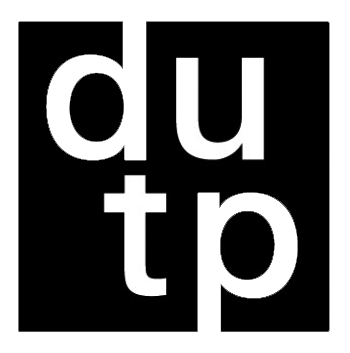Impacts of Real Estate Development on the Preservation of the Paulista’s Cultural Heritage
The case of the gasholders of Comgás in Sao Paulo, Brazil
DOI:
https://doi.org/10.5821/siiu.13046Abstract
The study examines the real estate sector's pressure on preservation councils in São Paulo (BR), addressing a specific case of loosening landmark preservation guidelines in favor of urban development. Analyzing the proposal to construct five towers on the historical site of Comgás, in the city's central area, approved despite technical objections, highlights the political influence and economic interests involved. This approval will promote urban verticalization at odds with heritage protection. The study underscores the predatory urbanization that erases historical traces for “progress”, raising the discussion about power asymmetries leading to the destruction of the city's history and culture in favor of urban expansion, with the complicity of the Public Administration. The urgency of more sustainable and socially just urban practices is emphasized in the face of threats to the preservation of historical and cultural heritage in a climate crisis scenario.
Downloads
Published
Issue
Section
License
Copyright (c) 2024 Creative Commons

This work is licensed under a Creative Commons Attribution-NonCommercial-ShareAlike 4.0 International License.
Aquellos autores/as que tengan publicaciones con esta revista, aceptan los términos siguientes:
- Los autores/as conservarán sus derechos de autor y garantizarán a la revista el derecho de primera publicación de su obra, el cuál estará simultáneamente sujeto a la Licencia de reconocimiento de Creative Commons CC BY-NC-ND- 4.0 que permite a terceros compartir la obra siempre que se indique su autor y su primera publicación esta revista, pero no se pueden cambiar ni se pueden utilizar comercialmente.
- Los autores/as podrán adoptar otros acuerdos de licencia no exclusiva de distribución de la versión de la obra publicada (p. ej.: depositarla en un archivo telemático institucional o publicarla en un volumen monográfico) siempre que se indique la publicación inicial en esta revista.
- Se permite y recomienda a los autores/as difundir su obra a través de Internet (p. ej.: en archivos telemáticos institucionales o en su página web) antes y durante el proceso de envío, lo cual puede producir intercambios interesantes y aumentar las citas de la obra publicada. (Véase El efecto del acceso abierto).











